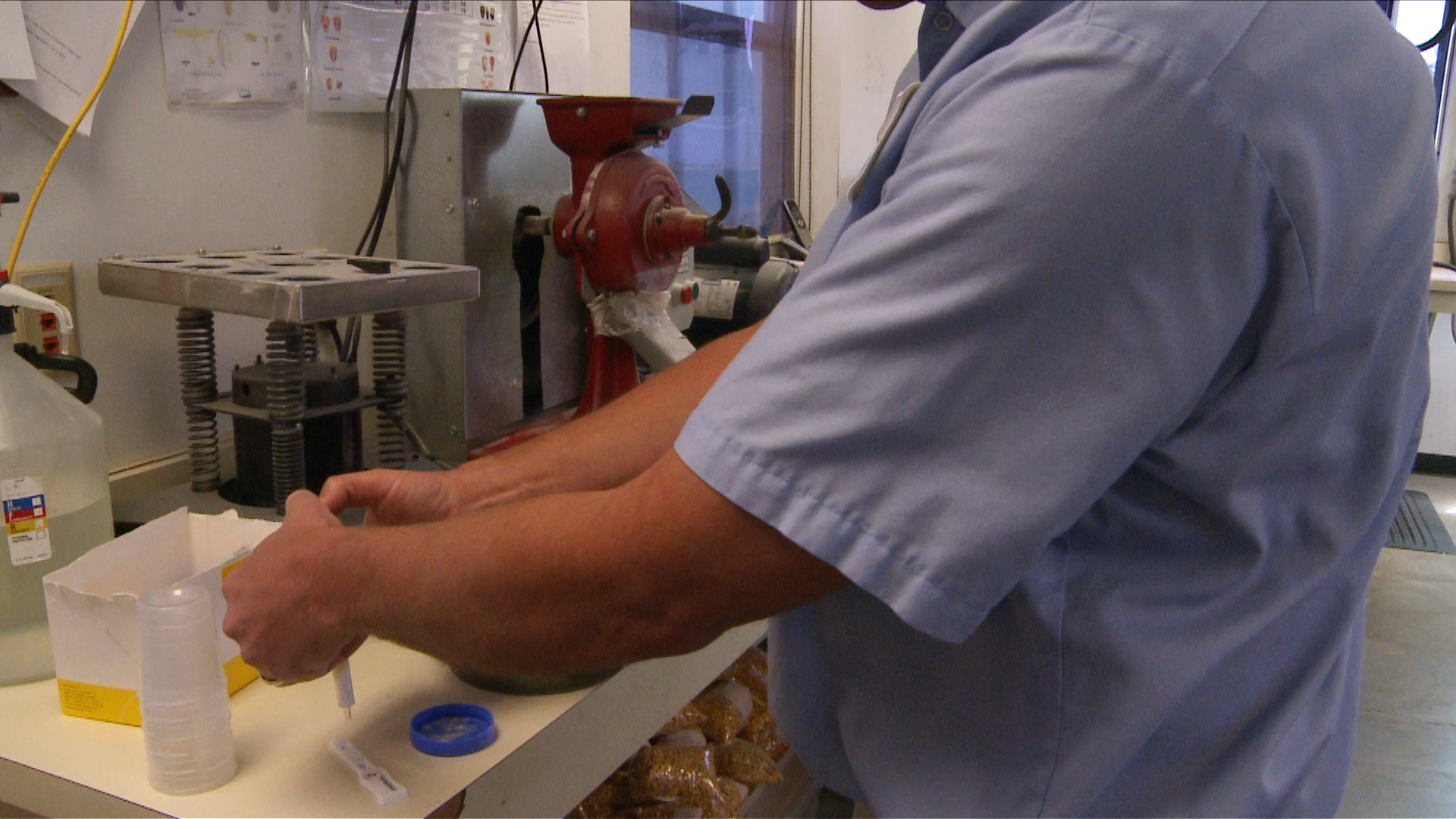 الملوثات
الملوثات
إنّ الملوّثات هي مواد لم تضف عمداً إلى الأغذية. ويمكن لعمليات إنتاج الأغذية أن تؤدي إلى دخول مواد إلى الأغذية في أية لحظة من اللحظات: أي خلال التصنيع أو المناولة أو التخزين أو التجهيز أو التوزيع. ويمكن للملوثات دخول الأغذية من البيئة المحيطة. وينبغي لوجود هكذا مواد في الأغذية أن يرصد بحذر تفادياً للتلوث الذي يؤثر في جودة الأغذية أو الذي يجعل الأغذية غير مأمونة.

إن الحد الأقصى الذي وضعه الدستور الغذائي لمستوى ملوث معين في سلعة غذائية أو علفية ما يعني التركيز الأقصى من تلك المادة التي توصي هيئة الدستور الغذائي بالسماح بها قانوناً في تلك السلعة. وبما أن العديد من الملوثات موجود بصورة طبيعية، فمن المستحيل فرض حظر كامل على تلك المواد. وبغية حماية صحة البشر، يعمل الدستور الغذائي على إبقاء تلك المستويات عند أدنى حد ممكن لها بناء على الأدلة العلمية السليمة.
تقوم لجنة الدستور الغذائي المعنية بالملوثات في الأغذية بتحديد وتأييد المستويات القصوى المسموح بها أو المستويات المرجعية للملوثات والعوامل السمية التي تحدث طبيعيًّا في الأغذية والأعلاف. وهي تعد كذلك قوائم بالأولويات للملوثات والعوامل السمية التي تحدث بصورة طبيعية، لأجل تقييم المخاطر من قبل (لجنة الخبراء المشتركة المعنية بالمواد المضافة إلى الأغذية؛).
وتتدارس لجنة الدستور الغذائي المعنية بالملوثات في الأغذية طرق التحليل وأخذ العينات لتحديد الملوثات والعوامل السمية التي تحدث بصورة طبيعية في الأغذية والأعلاف، وتضع وتصيغ مواصفات أو مدونات سلوك للمواضيع ذات الصلة. وهي تتناول أيضاً مسائل أخرى تكلفها بها هيئة الدستور الغذائي في ما خص الملوثات والعوامل السمية التي تحدث بصورة طبيعية في الأغذية والأعلاف.
| مرجع |
عنوان |
لجنة |
آخر تعديل |
EN
FR
ES
AR
ZH
RU
|
| CXS 193-1995 | General Standard for Contaminants and Toxins in Food and Feed | CCCF | 2023 | |
| CXC 49-2001 | مدونة الممارسات للإجراءات الموجهة نحو المصدر للحد من التلوث الكيميائي في الأغذية | CCCF | 2001 | |
| CXC 77-2017 | Code of Practice for the Prevention and Reduction of Arsenic Contamination in Rice | CCCF | 2017 | |
| CXC 78-2017 | مدوّنة ممارسات الوقاية من السموم الفطريّة في التوابل وخفضها | CCCF | 2017 | |
| CXC 79-2019 | Code of Practice for the Reduction of 3-Monochloropropane-1,2- Diol Esters (3-MCPDEs) and Glycidyl Esters (GEs) in Refined Oils
and Food Products Made With Refined Oils | CCCF | 2019 | |
| CXG 92-2019 | الخطوط التوجيهية بشأن تحليل المخاطر السريع عقب حالات الكشف عن ملوثات في أغذية حيثما لا يوجد أي مستوى تنظيمي | CCCF | 2019 | |
| CXC 81-2022 | مدونة الممارسات لمنع التلوث بالكادميوم والحد منه في حبوب الكاكاو | CCCF | 2022 | |
The Netherlands began hosting the Codex Committee on Contaminants in Food in 2007 and in the 13 sessions since then, five have been co-hosted abroad. When business gets underway on 29 April 2019, Yogyakarta, Indonesia will be the sixth foreign location.
Cooperation with Indonesia … has been a joy
When a country co-hosts they make a world-wide contribution to food safety. “The Netherlands and Codex have a long history together and co-hosting for us is a means to bring Codex and everything [...]
Experts met in FAO on 19 – 23 November 2018 to discuss ciguatera fish poisoning (CFP) and develop scientific advice for the Codex Committee on Contaminants in Food. CFP is one of the most common foodborne illnesses related to seafood consumption. While CFP has been known about for centuries, its true incidence remains unclear. In 2000 it was estimated that 10 000 – 50 000 people per year suffer from this illness.
Markus Lipp, Senior Food Safety Officer, and FAO Secretary [...]
The International Atomic Energy Agency (IAEA), in cooperation with the Food and Agriculture Organization (FAO), is holding a webinar on “Food Safety in a Nuclear or Radiological Emergency” on 23 October 2018 at 11:00-14:30 UTC. The web-based discussion aims to help national experts be prepared in case of an emergency involving a significant release of radioactive material into the environment that makes water, local produce, milk from grazing animals and other foods unsafe for consumption.
The IAEA safety standards call for [...]
A workshop held 11-12 April 2018 in Nairobi, Kenya is providing participants from COMESA (Common Market for Eastern and Southern Africa) with a science-based approach for risk assessment and management of mycotoxins.
Mycotoxin contamination of food commodities poses major challenges to both public health and trade. While it remains a global problem, this is particularly relevant in some regions of the world where dietary exposure to mycotoxins is still unacceptably high. Effective national and regional programmes for reducing mycotoxins contamination require [...]
Dr Martin Slayne - International Council of Grocery Manufacturers Associations Global Head Scientific & Regulatory Affairs The Hershey Company
The Codex Committee on Contaminants in Food (CCCF) provides a global forum for governments to harmonize regulatory management measures, based on common science, risk assessment and best practices. At the recent 12th meeting of the Committee, good progress was made in some areas, although a key observation when discussing the setting of Maximum Levels for contaminants was an increasing pattern of country [...]
Contaminants are substances that have not been intentionally added to food. They can occur naturally and enter the food while a crop is growing. They can form during manufacturing, handling, storage, processing or distribution. Or they can enter the food from the environment, through our water, the air or soil.
The Contaminants Committee establishes or endorses permitted maximum levels or guidelines levels for contaminants and naturally occurring toxicants in food and feed.
Nearly 50 countries are expected at this 11th session which [...]
 الملوثات
الملوثات


.jpg)





